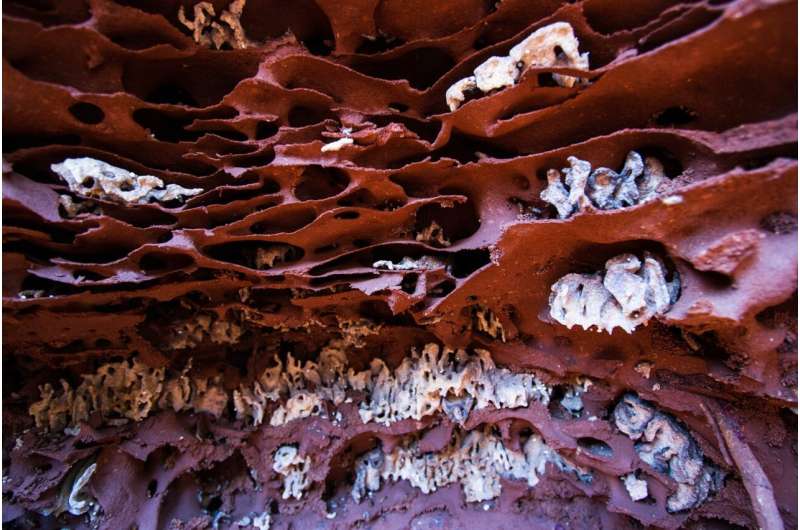Hotel guests usually have high standards and expect the conditions in the property to be perfect at all times. This “high standard of quality” is shared and strived for by most hotels. Examples of this elevated hotel standard are evident when it comes to safety, which includes food, cleanliness, hazards, criminal activity, fire, air and water quality, and vermin. But is the hotelier willing to answer the painful question during litigation: “What have you done to prevent bed bugs in your facility?” Many hotels have learned that avoidance and/or inaction in response to incidents related to Bed bugs can have an exponentially negative impact on your business. Many mistakenly thought that bed bug prevention is not possible and that infestation is the unfortunate price of doing business in the hospitality industry.
Bed bug prevention exists, and it works best when both the hotel staff and the pest control professionals who look after your property use the right tools and strategies together. The ultimate goal of prevention is providing a strategy for avoiding bed bug encounters with your guests. dr Susan Jones, a former professor of entomology at Ohio State University, has featured in articles published in both “Insects” and the Journal of Medical Entomology.” These pads are impregnated with an insecticide called permethrin, a common ingredient found in found on many items of clothing purchased at your local department store and used extensively by the military in the field to prevent the bite of a variety of insects. The work of dr. Jones showed that these pads deter bed bugs from feeding. Most relevant to real-world situations is ActiveGuard, which prevents pregnant bed bugs from laying their eggs, preventing an infestation from establishing itself before it takes hold and otherwise spreading chaos throughout the hotel. These active liners generally kill bed bugs within hours to days – the combination of these properties means the product offers unparalleled protection for two years after installation.
When active mattress overlays are used in conjunction with a rigorous monitoring program (including documentation of all reported events), your hotel will achieve real success. Consider an example of a large, major brand, convention-style hotel in the southern United States that implemented a prevention program after years of failed reactive bed bug treatments. This facility comprised 1,600 rooms and about 3,000 beds. Like many other conference hotels, this hotel has had an ongoing bed bug problem year after year. The typical reported incident rate was two per week; that’s over 100 cases of bed bugs a year costing them hundreds of thousands of dollars in treatment and damage from this insidious pest.
After installing ActiveGuard mattress pads on the box springs of all 3,000 beds, the hotel saw a 100 percent reduction in infestations and a 92.5 percent reduction in reported incident rates. None of the bed bug reports during the two-year period represented a live bed bug on a bed. The hotel saw an overall reduction of over 180 treatments in two years. The hotel also faced immeasurable savings by maintaining its brand reputation and avoiding unwanted negative criticism related to bed bugs on social media.
Successful bed bug prevention is possible… it all depends on choosing the right tools and strategies!
Click here to start with bed bug prevention





